DIGITAL DABS MAKE HASH ACCESSIBLE
DIGITAL DABS MAKE HASH ACCESSIBLE

As July’s end approaches, we’re celebrating the state of electronic dabs and how much easier it is to smoke the world’s best hash than a decade ago.
Here in America, July is the biggest month for hash smokers. That legacy has been built up over the last 12 years of celebrating 7/10. But if you were one of those early revelers, your consumption apparatus options were limited.
Those earliest 7/10 enthusiasts were mostly smoking off quartz because they were too smart to hit the earliest weird electronic nails. We started to see the first electronic dabbers in the early 2010s. People wanted to take advantage of all those people that wanted to smoke hash without a blowtorch. Many of the models back then were from the same factories in Asia and just rebranded for whatever company was buying them in bulk. Those earliest electronic dab rigs were absolute garbage. Everything about them was questionable from the quality of materials to whether the atomizer was even reaching an appropriate temperature.
Dab pens would be refined a bit faster than those old dry e-rigs. But about a decade ago, we started to see the companies that would change everything about the digital dab launch. And with healthy competition in the air ever since, the pace of progress has been fast for digital dabs.
Here are a few of those companies that helped change everything:
Dr. Dabber
Ten years in, Dr. Dabber continues its efforts to innovate. Back in the day, Dr. Dabber had these ridiculous dab pens held together by magnets; we’re glad you guys moved on from that! But they continued to innovate. In 2014, they brought the first thing to market we would consider a reputable electronic rig with the Boost. It was a totally different ballgame compared to that weird stuff from Guangzhou that predated it. That was when Dr. Dabber coined the term e-rig, short for an electronic dab rig. The Boost has been updated for the times and is still a worthy entry onto the list. Other flagship products now include the Switch and XS. A new version of the XS was recently released in collaboration with Wiz Khalifa in honor of the 7/10 holiday. DrDabber.com
Focus V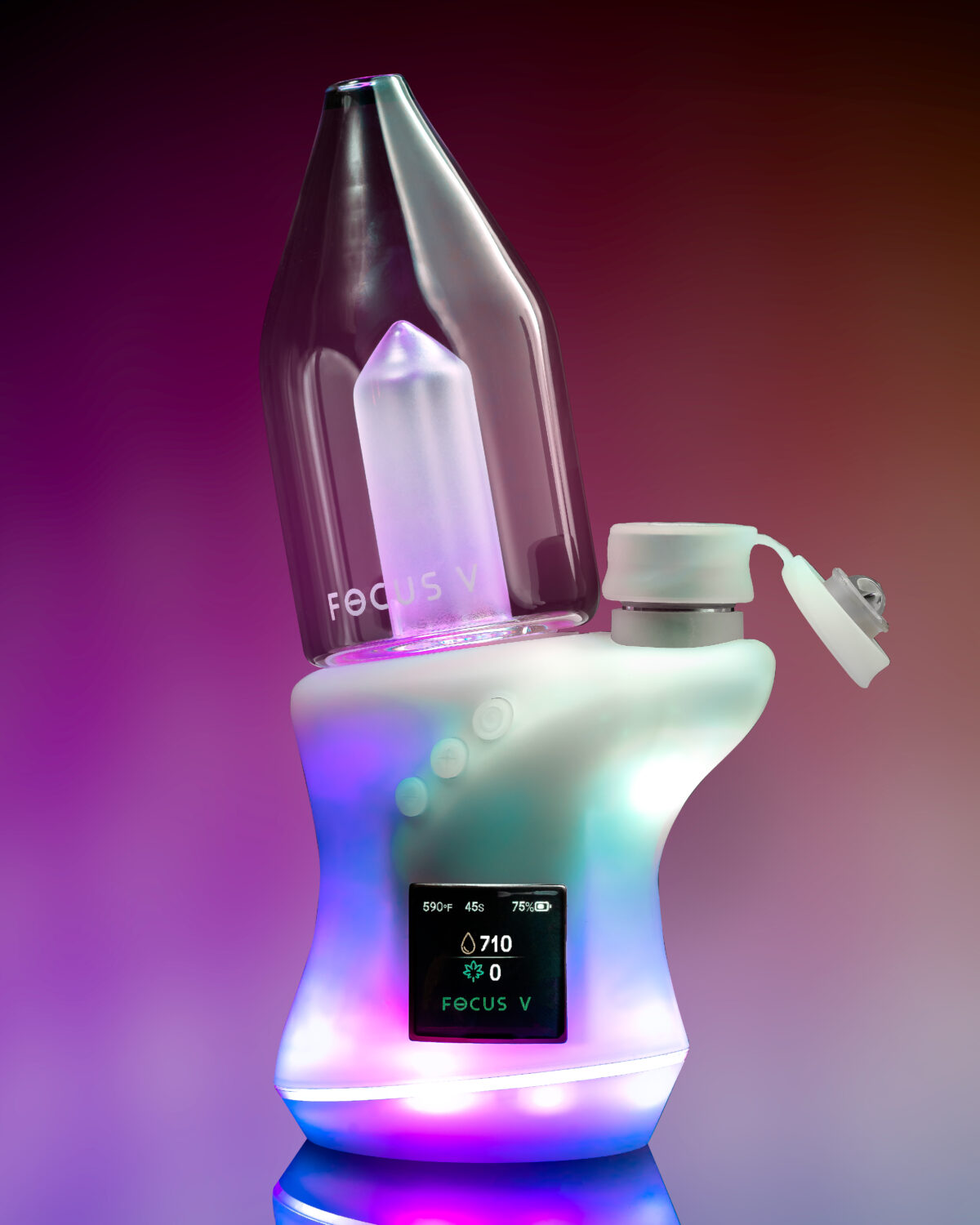
The Carta from Focus V hit the market hard when it launched. While now there is a lot more parity between the big dogs’ atomizers, when the first Carta dropped, its atomizer felt like a tank compared to the competition at that moment. This built a following with some of the heavier dabbers burning through atomizers that’s lasted until this day — just look at their involvement with Legends of Hash, a top-of-the-food chain event for America’s headiest hash enthusiasts here in Los Angeles. On top of the sturdiness and longtime following, there is no denying the things are absolute clear-your-sinuses rippers. While you can still get an awesome deal on the original Carta on Focus V’s website, they’ve added a lot of bells and whistles over the years, like cool minute LCD screens and aesthetically pleasing light effects. focusv.com
Puffco
Still the biggest name in digital dabs globally, chances are if you’re anywhere in the world and get offered a rip of hash, 99% of the time it’ll be on quartz, in a spliff, or inside a Puffco product. Originally founded in New York City before moving to California, Puffco first blew up on the scene because all the best hash extractors in the world were using the Puffco Plus dab pen when they traveled. A few years later the Peak would drop, essentially becoming the Ipod of digital dabs in the years since. With the release of the Puffco Peak Pro, all the flaws of the original were addressed. Not long after, the still-fresh Pro atomizers would get a massive upgrade with the 3D Chamber. It made major contributing factors to the experience like battery life, flavor, and vapor quality that much better. Dropping just after 7/10 this month, the new XL 3D chamber feels like more of a novelty than a necessity, but boy does it make your eyes water. Puffco.com

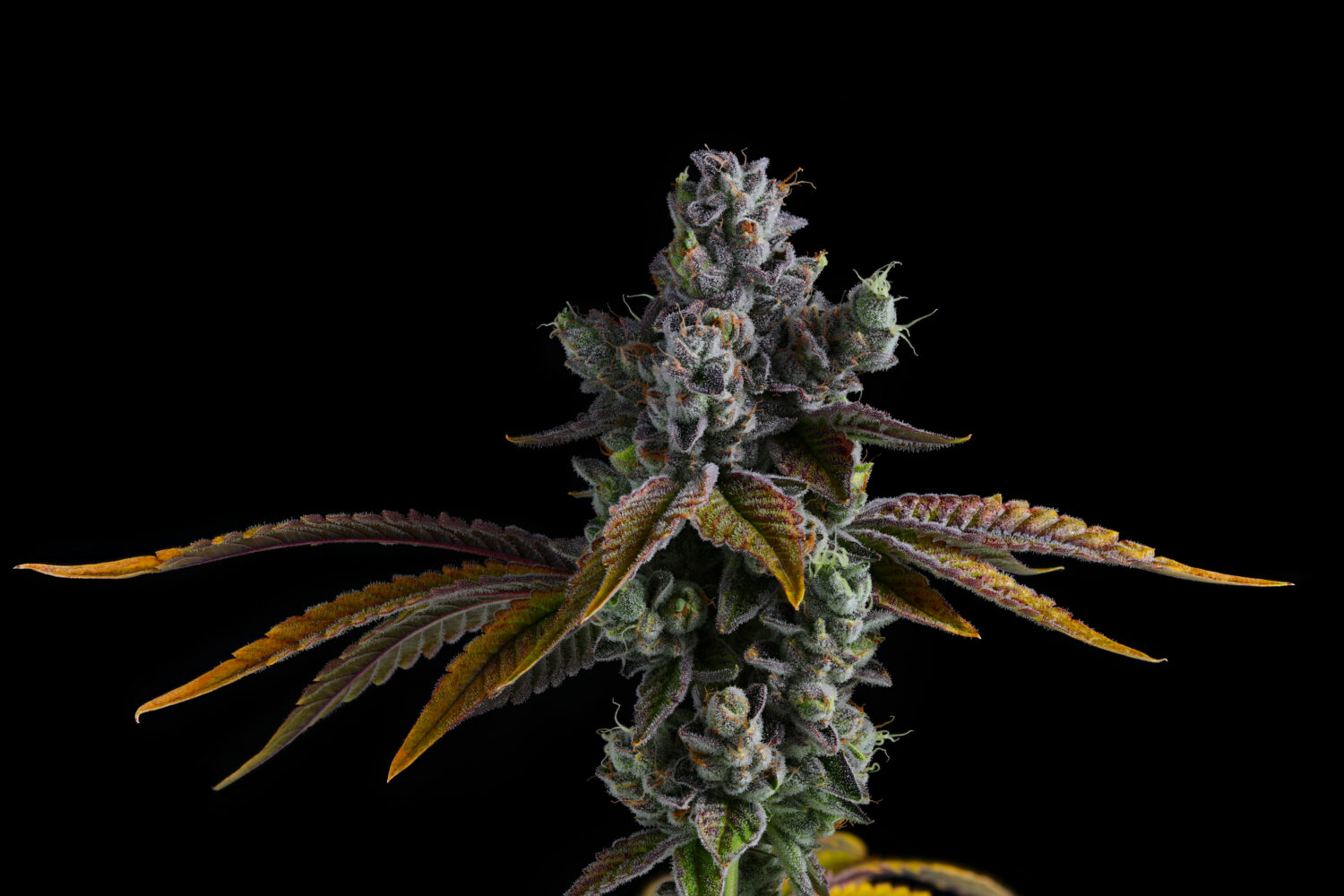
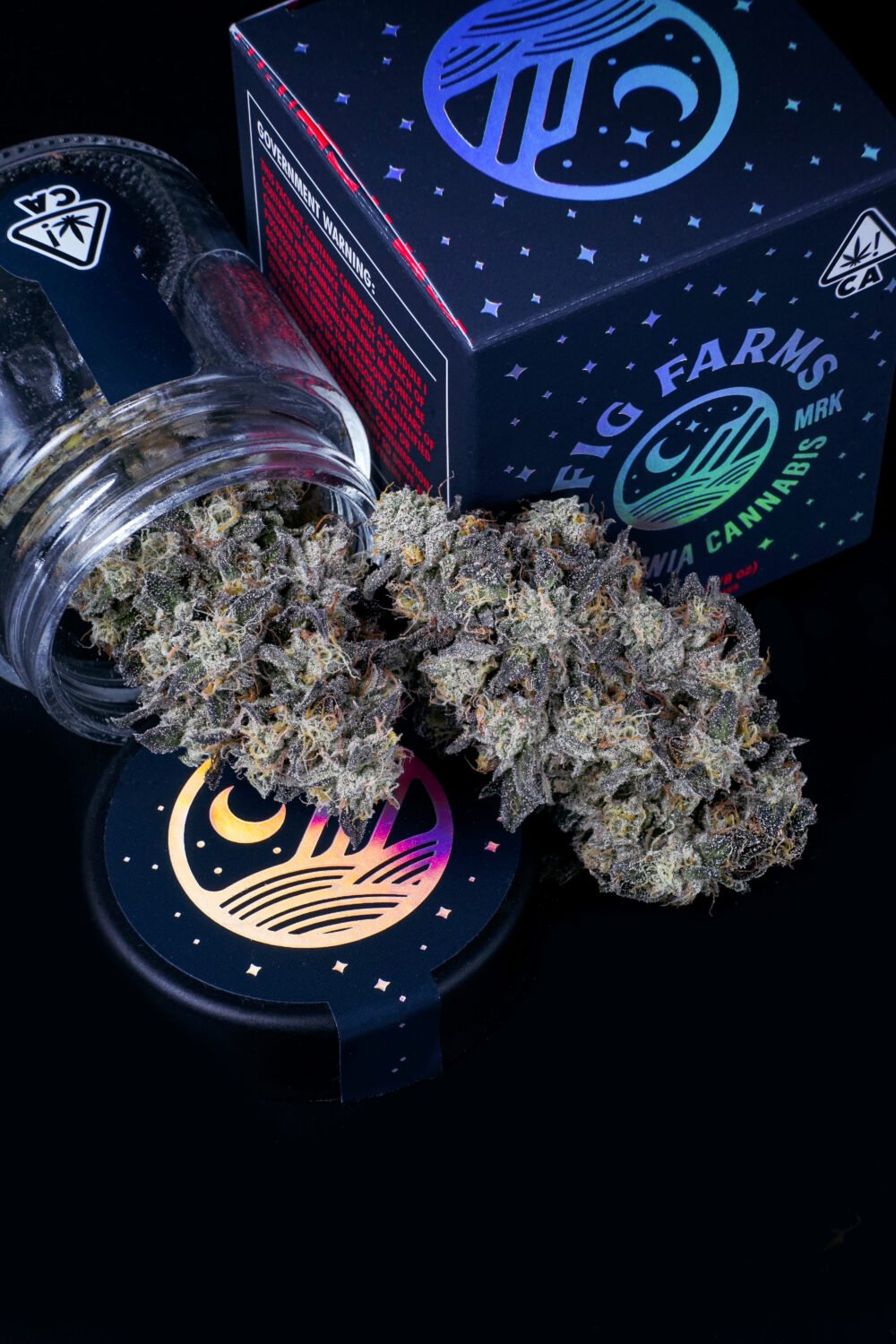
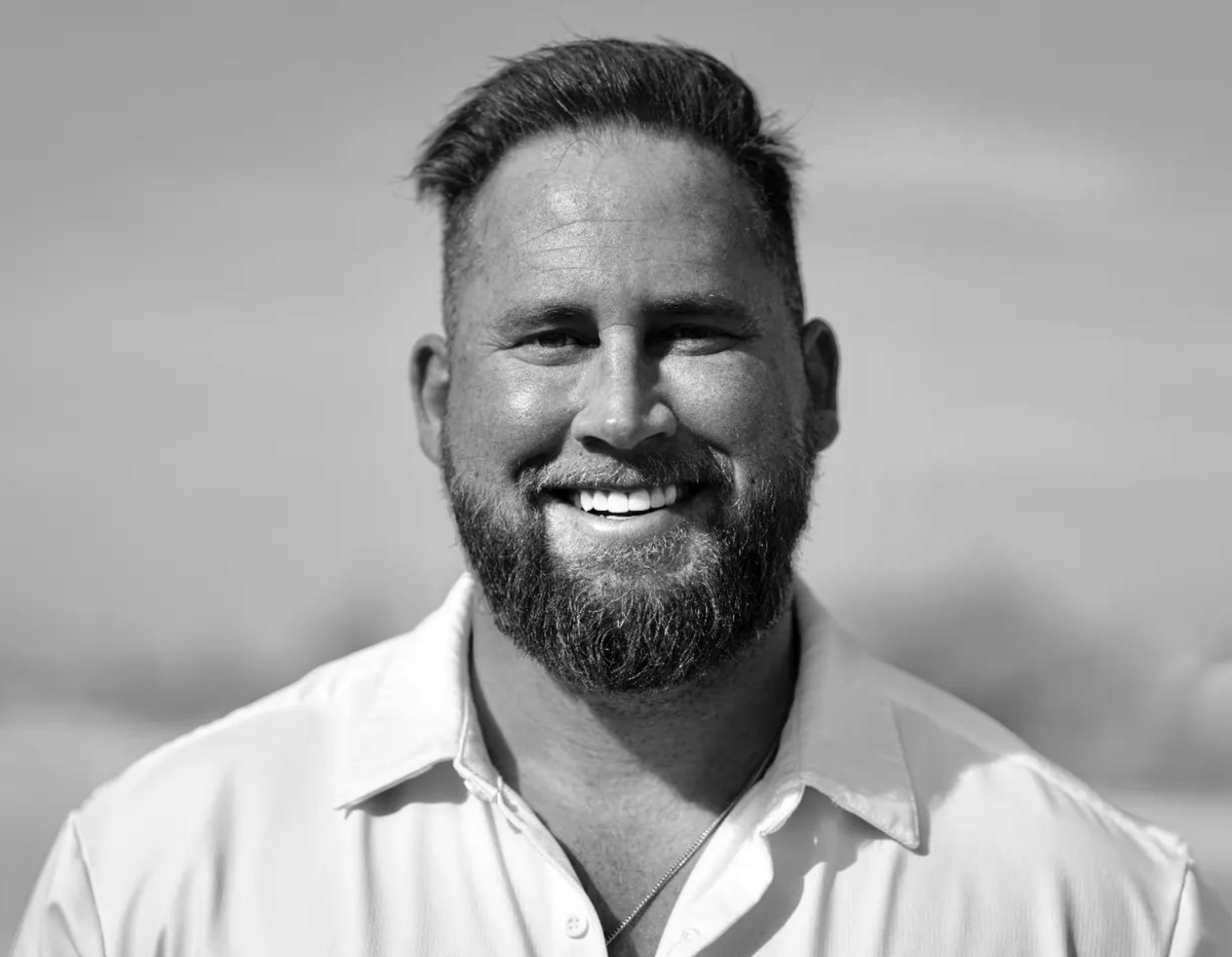
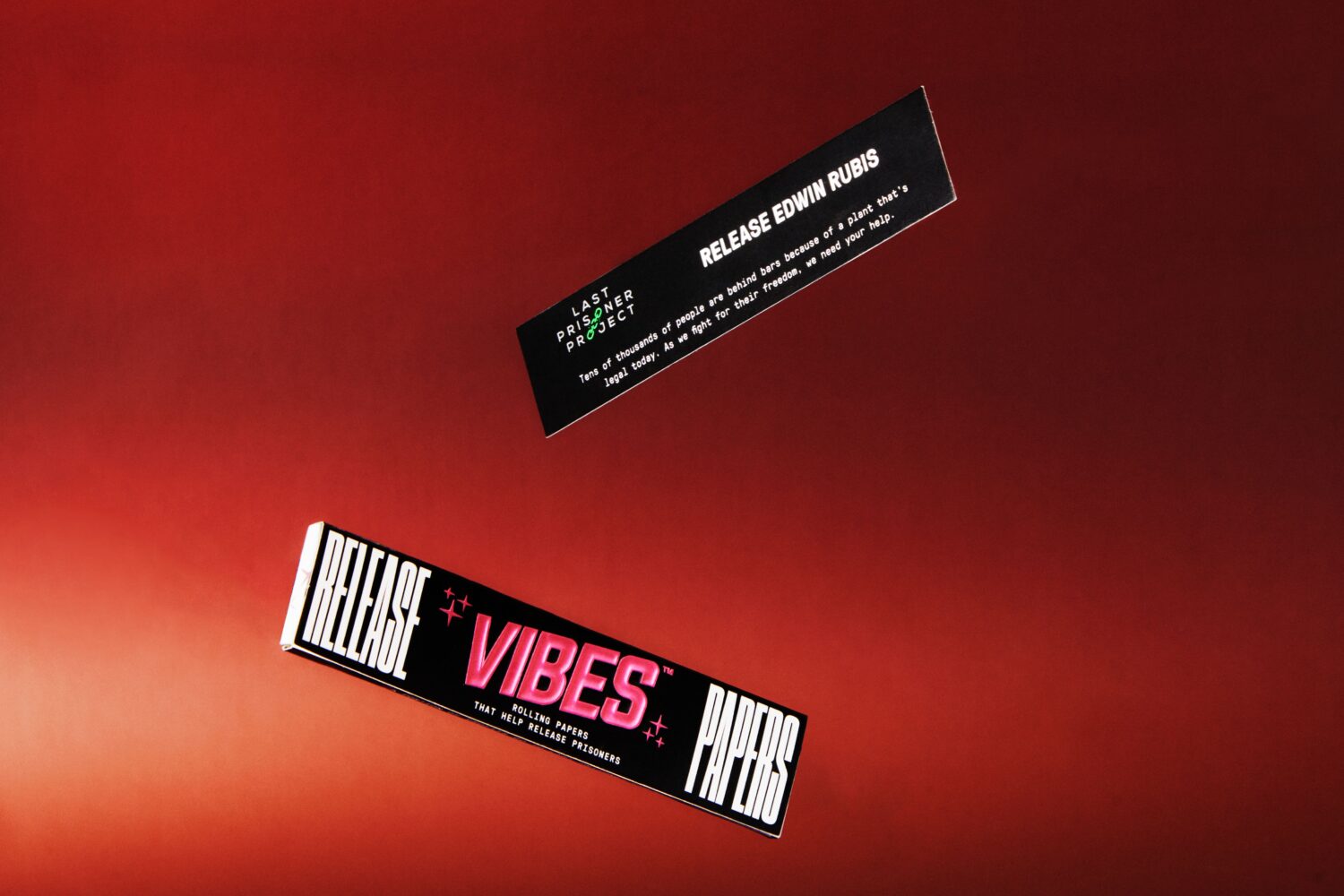
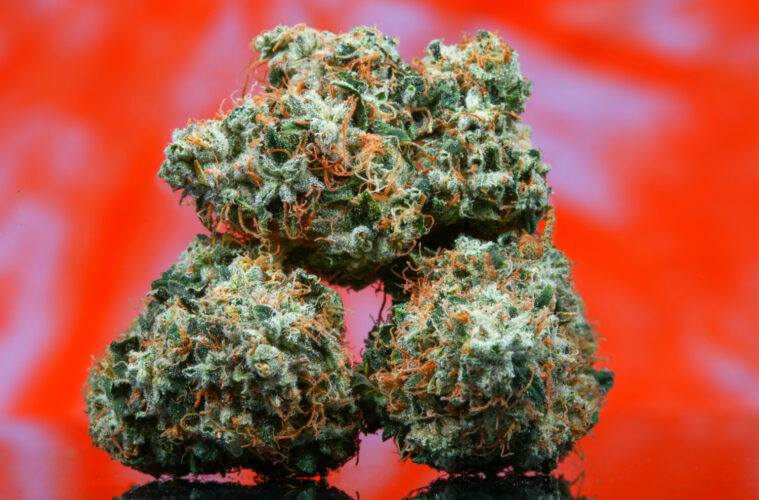 Photos courtesy of IC Collective
Photos courtesy of IC Collective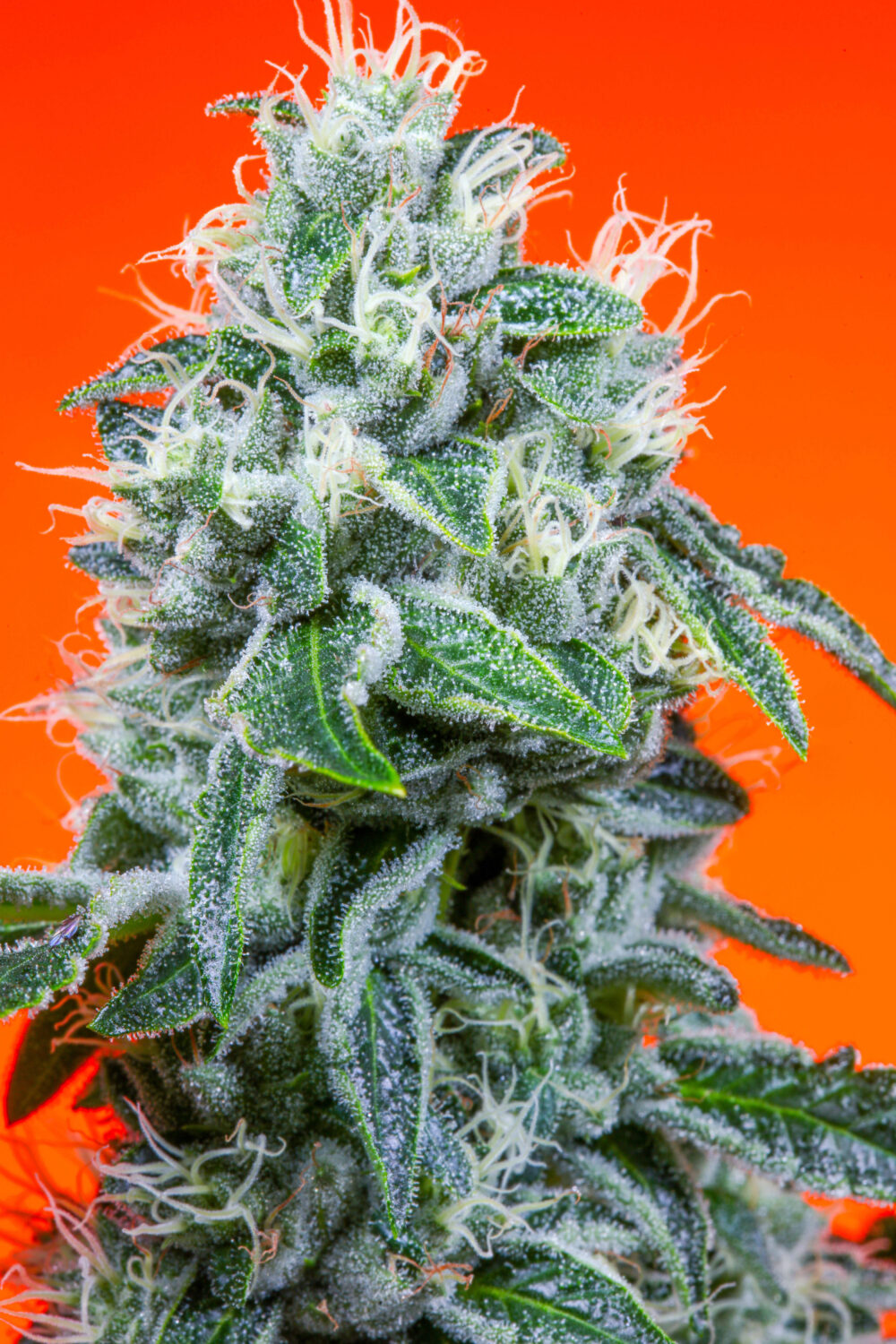
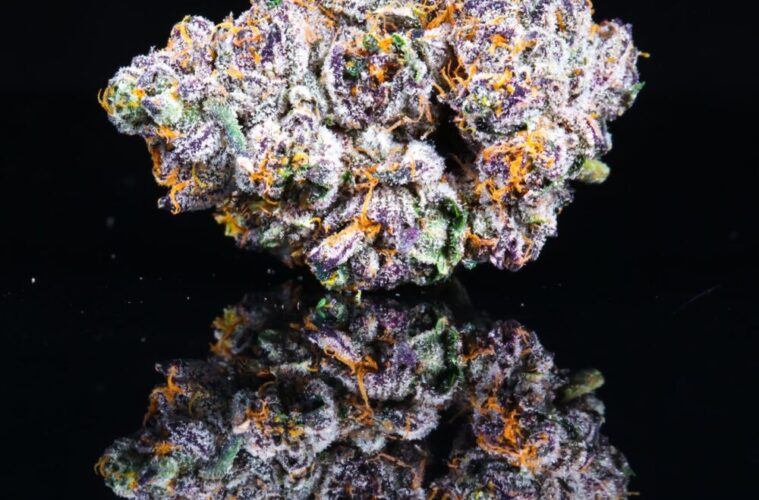 Photos courtesy CAM
Photos courtesy CAM
 Art courtesy of The Freak Brothers
Art courtesy of The Freak Brothers